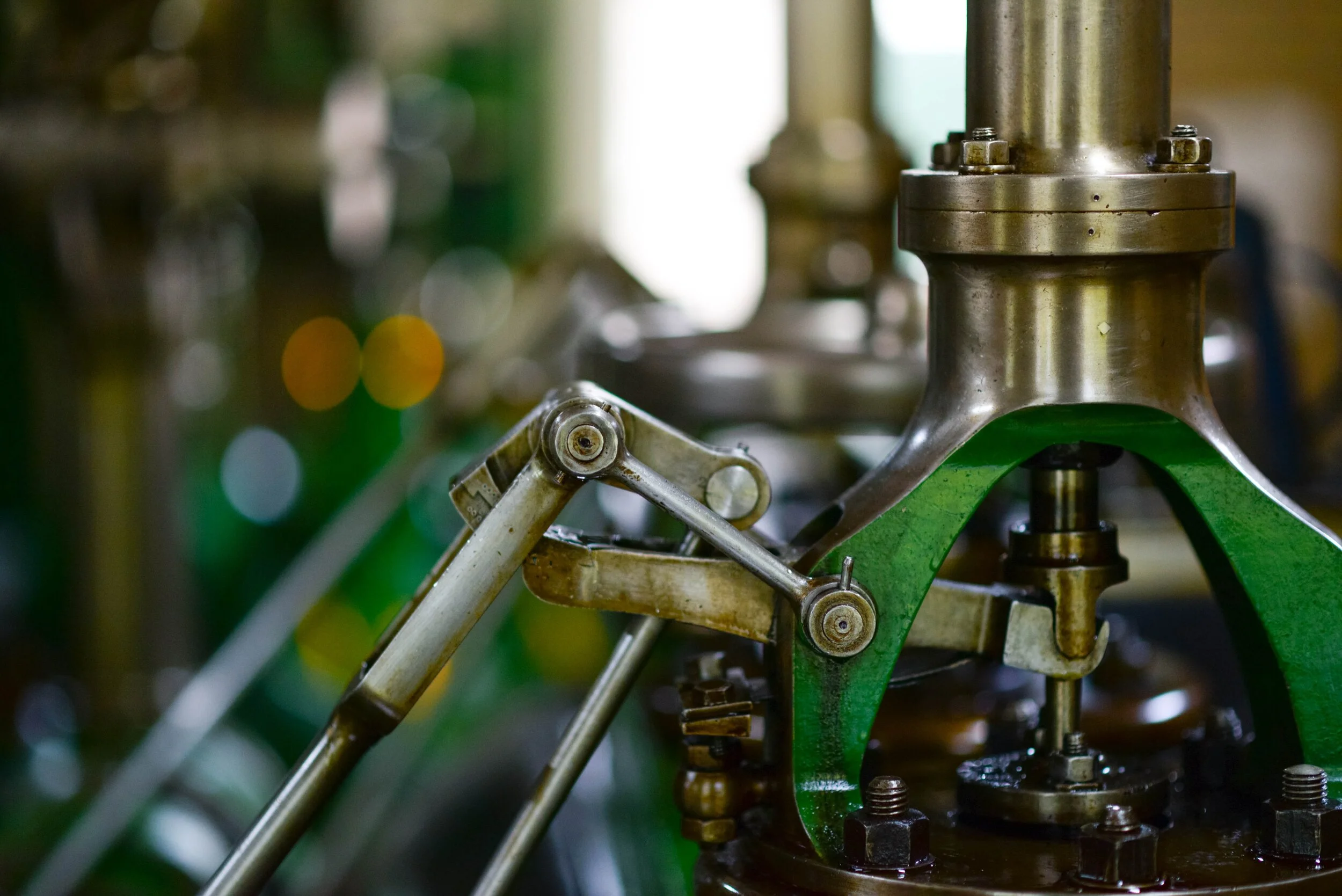SR&ED In Alberta: The Innovation Employment Grant
Recently, SR&ED in Alberta has experienced a major change. The traditional Alberta SR&ED program ended on December 31st 2019. This program provided a 10% tax credit on costs incurred for work classified as SR&ED in Alberta. However, the Alberta government has recently introduced a program designed to replace the 10% SR&ED tax credit that was eliminated.
The newly introduced Innovation Employment Grant (IEG) came into effect on January 1st 2021, and can provide anywhere from 8% to 20% of R&D costs back to companies that are performing SR&ED in Alberta. The Innovation Employment Grant is similar to the Federal SR&ED program in many ways, and uses the same criteria to determine if the work conducted meets the definition of SR&ED. To be fully eligible for the Innovation Employment Grant, corporations need to have a permanent establishment in Alberta and perform SR&ED work within the province.
Whereas the previous Alberta SR&ED tax credit was a flat 10% of eligible expenditures, the Innovation Employment Grant ranges from 8% to 20% of Alberta SR&ED costs. The grant provides 8% of the corporations eligible SR&ED expenditures incurred in the taxation year as a baseline. On top of this, the grant also provides an additional 12% of the corporations eligible SR&ED costs that are above the company’s baseline R&D expenses. This baseline amount is defined as the average of the previous two years eligible expenditures. To clarify this, here’s an example.
Suppose a company in Alberta was performing an SR&ED project that spanned over three years. The first year of the project had $100,000 of eligible expenditures, while the second year of the project had $120,000 of eligible expenditures In the third year, the company had $250,000 in eligible expenditures. For their year three SR&ED claim, the Alberta Innovation Employment Grant would provide 8% on the entire $250,000 of eligible SR&ED expenditures, plus an additional 12% on any eligible expenditures above the baseline value. The baseline value would be calculated as the average of the previous two years eligible expenditures, so in this scenario would calculate to be $110,000. The additional 12% would apply for the $140,000 of expenditures above the baseline. In total, the expected provincial funding for this claim would be $20,000 (8% of $250,000) plus an additional $16,800 (12% of $140,000), totaling $36,800.
The Innovation Employment Grant is still an effective tax rebate to promote SR&ED performed in Alberta. In some scenarios, this new structure can provide an increased rate of return when compared with the previous flat 10%. By allowing an increased refund rate for spending above the corporations average SR&ED spending, the program rewards continually increased investment, and eases the financial difficulty of unexpected setbacks during development. When the Alberta SR&ED Innovation Employment Grant is combined with the Federal SR&ED program, refunds of up to 67% can be received. So, the next time you undertake an R&D project, reach out to us at Advance-Tek to discuss how your work can benefit from this program.

